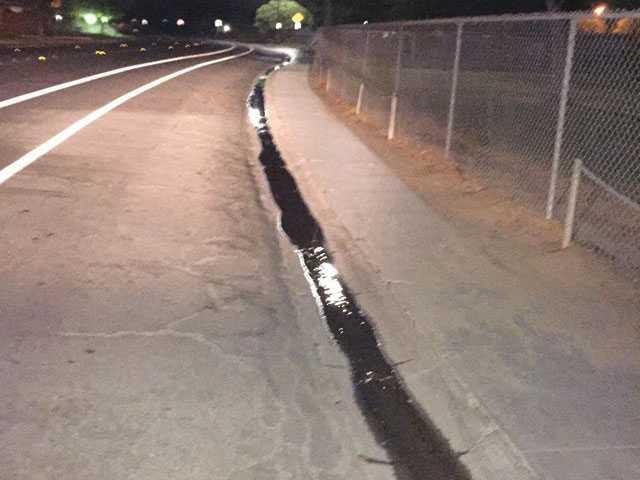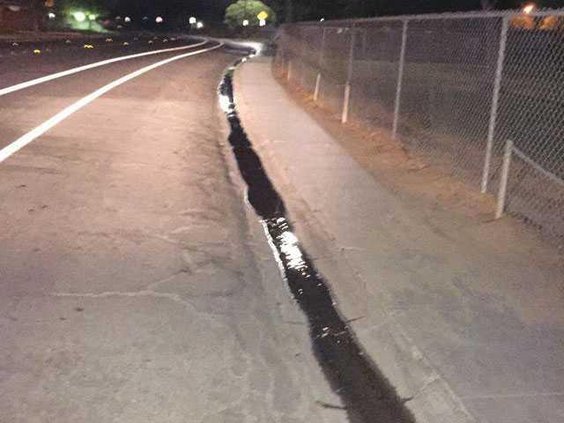Water use in Manteca increased 3 percent overall or 13.6 million gallons last month compared to the depth of the last drought in September of 2017.
That’s good news given the city has added more than 8,000 residents since Jan. 1, 2017 for a 10 percent population gain.
The bad news it might not be enough.
Despite a light dusting of snow Thursday along the high Sierra crest at the upper reaches of the Stanislaus River watershed critical to urban and agricultural users in South San Joaquin County, hydrologists are indicating a number of weather models don’t look promising.
Councilman Charlie Halford noted at Tuesday’s council meeting that experts at a League of California Cities gathering are predicting the current weather year that started Oct. 1 as well as the upcoming weather year have a high probability of being dry years.
That raises the specter that South San Joaquin Irrigation District in light of moves by the Department of Water Resources to curtail water rights will face water cutbacks this water year. Several months ago the outlook was promising that conserved water in Tri-Dam Project reservoirs even if the new year ends up being the third consecutive dry year that the SSJID could get through Sept. 30, 2022 without having to impose mandatory water cutbacks if urban and farm customers were judicious with water use.
Halford noted there is growing talk among cities to move toward banning “non-essential grass areas” — front lawns in new housing developments — and possibly in backyards as well.
It would follow the lead of Las Vegas that has put in place a front yard grass ban on new homes going forward while the city replaces ornamental grass throughout the city in medians and such with drought resistant landscaping.
In Manteca, historically outside water use primarily for landscaping constitutes about half of the annual water consumption. Of that, irrigation of lawns consumes just over 50 percent of all outdoor water use. As such it makes “non-essential grass” the lowest hanging fruit in terms of how water consumption can be reduced further as supplies dwindle.
Manteca during the last drought reduced the allowable amount of grass in the front yards of new homes. They also instituted a turf replacement program that reimburses homeowners that remove existing front lawns and replace them with drought resistant landscaping.
To contact Dennis Wyatt, email dwyatt@mantecabulletin.com





